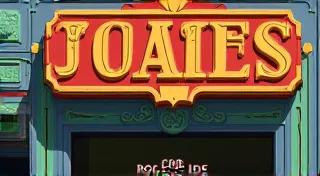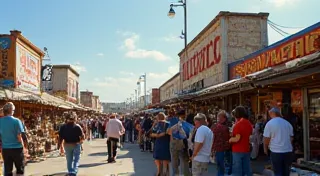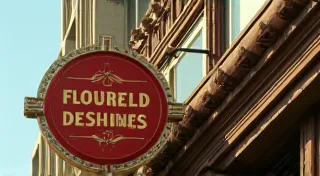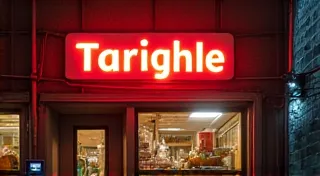Beyond the Brand: The Art and History Behind Vintage Advertising Sign Design
Vintage advertising signs. For the dedicated collector, they represent more than just nostalgia for bygone eras and the products they advertised. They are tangible links to a fascinating history, a vibrant testament to the artistry and ingenuity of a time when visual communication was an evolving craft. This article explores the design sensibilities that shaped these iconic pieces, revealing the stories woven into their colors, fonts, and imagery.
The Rise of Graphic Design & the Demand for Attention
Before the age of television and the internet, advertising relied heavily on visual impact. Billboards, shop signs, and freestanding signs were the primary method of reaching consumers. This need for attention spurred a growing profession: the graphic artist. These artists weren't simply reproducing product images; they were crafting experiences, evoking emotions, and creating memorable brands. The design wasn’t just functional; it was an art form.
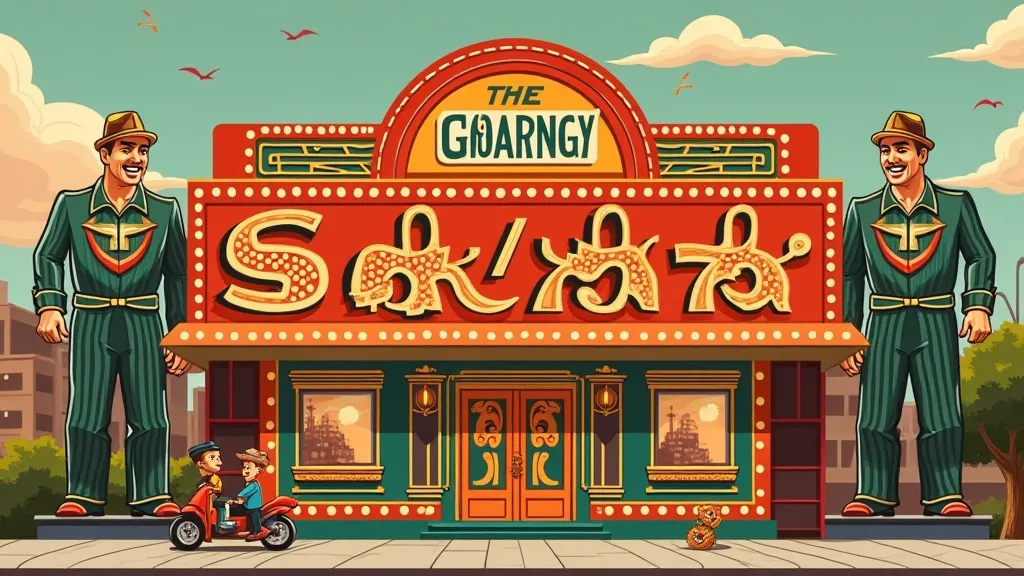
Art Deco and Streamline Moderne: Defining a Style
The 1920s and 1930s witnessed the ascendancy of Art Deco and Streamline Moderne, two design styles that profoundly influenced advertising sign design. Art Deco, with its lavish ornamentation, geometric patterns, and stylized representations of people and objects, conveyed an air of luxury and sophistication. Think elegant fonts, bold colors (often gold, silver, and deep reds), and sunburst motifs. Streamline Moderne, emerging in the 1930s, responded to the economic realities of the era. It emphasized sleek, aerodynamic forms, horizontal lines, and a sense of motion. This style evoked the promise of a modern, efficient future. These aesthetics were perfect for attracting attention and associating a brand with the prevailing cultural mood. Many signs incorporated aspects of these styles, and some of the most sought-after examples showcase the dazzling effect of neon within these design frameworks – a subject explored further in The Rise of Neon: Advertising Signs That Glowed.
The Role of the Graphic Artist
The artists behind these signs were skilled craftsmen. They often worked with sign makers, collaborating on both the design and the production. Lithography was the predominant printing technique, requiring meticulous preparation and a deep understanding of color separation and printing processes. Artists experimented with different materials – porcelain enamel (often called “porcelonart”), metal, and even painted wood – each offering unique challenges and aesthetic possibilities. The best sign artists were true masters of their craft, able to translate a brand's message into a visually compelling and enduring design. Understanding the regional variations in advertising, and the localized brands they promoted, is a key aspect of appreciating these artifacts. Collectors often specialize in collecting signs by region, seeking out unique examples tied to specific localities.
Materials & Manufacturing Techniques
The durability of these signs was as important as their appearance. Porcelain enamel signs, often referred to as "porcelonart," were particularly prized for their longevity. These signs were created by fusing layers of enamel to a metal base, resulting in a waterproof and highly durable surface. Metal signs, often made of steel or iron, were also common, and could be either painted or embossed with the advertising message. The printing processes themselves were often complex, requiring specialized equipment and skilled technicians. These were built to last, showcasing a commitment to quality often missing in today's disposable consumer culture. Beyond the broad styles and materials, a deep dive into the manufacturing specifics reveals a fascinating world of technical innovation, often tied to specific geographical areas. However, the passage of time has inevitably taken its toll, and the ability to discern authentic vintage signs from reproductions is a crucial skill for any serious collector - a subject covered in depth in The Art of Reproduction Signs: Spotting the Fakes.
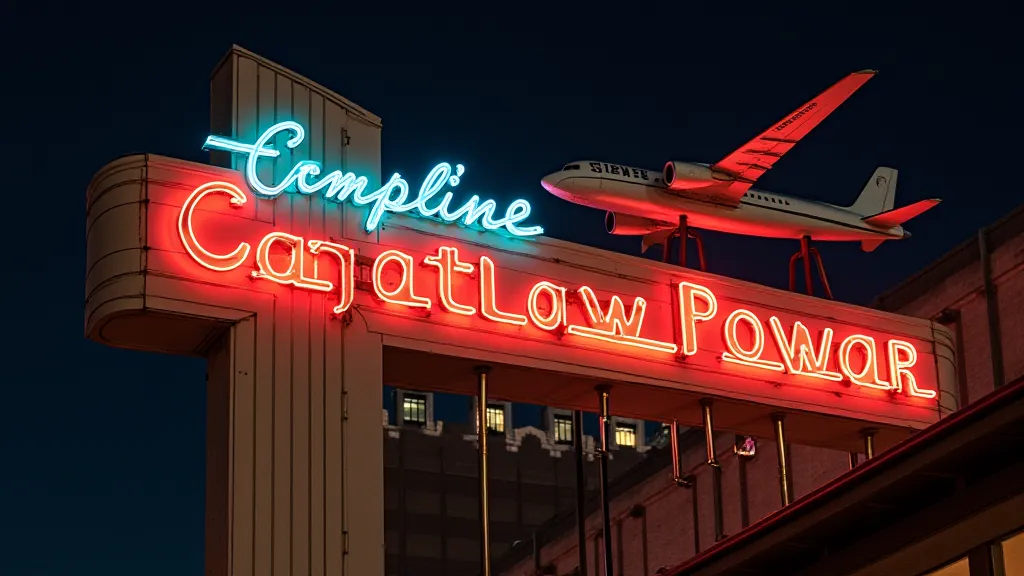
The Allure of Specific Products: Beer and Beyond
While many product categories benefited from the artistry of vintage advertising, certain niches have developed particularly strong collector followings. For example, collecting beer advertising signs has become a widespread hobby, drawing enthusiasts to seek out rare and historically significant examples from breweries both large and small. These signs offer a glimpse into the brewing landscape of the past and the marketing techniques employed to reach consumers.
Mapping Lost Advertising Landscapes
Consider the broader context of these signs, scattered across the American landscape. They weren't simply isolated advertisements; they were part of a comprehensive branding strategy, creating a visual identity for companies and products. The remnants of these advertising campaigns, faded and weathered, offer a unique perspective on the geography of commerce and the evolution of consumer culture. Even the distribution and placement of these signs tell a story – of targeted marketing, regional preferences, and the changing demographics of the nation. For those with a cartographic bent, the study of these artifacts can be a rewarding endeavor, tracing the routes of forgotten brands and the remnants of lost advertising landscapes. The study of the colors, fonts, and layouts used, and how they altered across time, paints a vibrant picture of a bygone era.
The Value of Rarity: Holy Grails of Sign Collecting
The world of vintage advertising sign collecting, like any specialized hobby, is driven by the pursuit of rarity. Certain signs are so scarce, so historically significant, or so visually striking that they command extraordinary prices and inspire relentless searching. These "holy grails" often represent milestones in advertising history, embodying a unique combination of artistic innovation, cultural relevance, and limited production. What defines a “holy grail” isn’t always clear-cut; it can be the last of its kind, a prototype, or an example with an exceptional provenance. The scarcity contributes to the value of course, but a sign’s story – its origin, its journey through time, and the people who owned it – can also add significantly to its appeal.
More Than Just Advertising: Becoming Americana
Over time, these signs transcended their original purpose as mere advertising tools. They became visual touchstones of a particular era, representing the spirit of American ingenuity and optimism. Weathering, fading, and the accumulation of years only added to their character and appeal. Today, they are highly sought-after collectibles, treasured for their historical significance and artistic merit. They offer a tangible link to a time when craftsmanship and visual communication intertwined to create enduring works of art. The beauty of the signs isn’t solely determined by their initial design; often, it’s the subsequent weathering and degradation that lends them an evocative and melancholic charm.
The value lies not just in the brand they represented, but in the design itself, reflecting the aesthetic sensibilities and technological advancements of the time. Understanding the artistic influences and manufacturing processes behind vintage advertising signs enhances our appreciation for these iconic pieces of Americana. These aren't just signs; they're snapshots of a bygone era, meticulously crafted and beautifully designed.
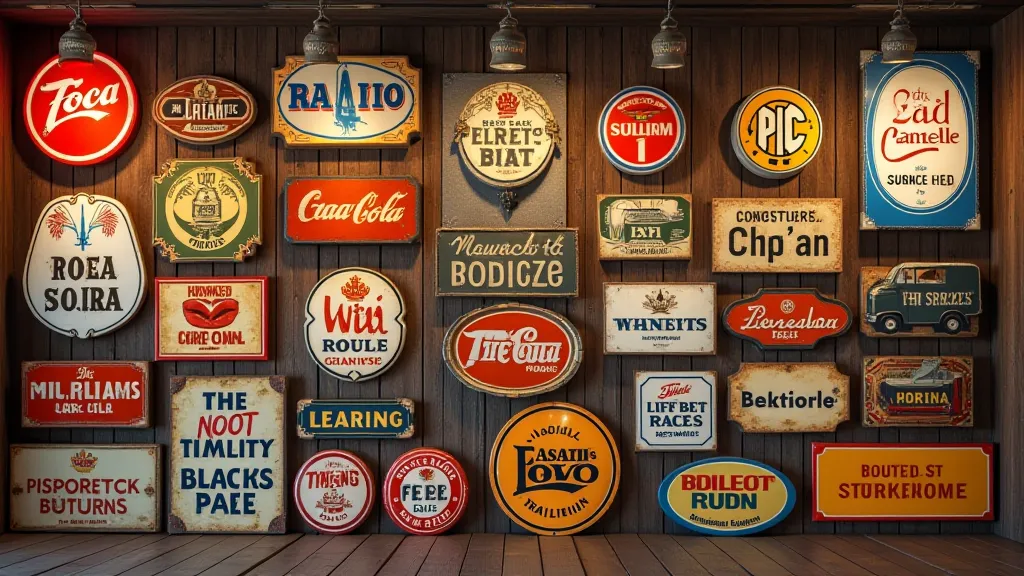
The Future of Collecting and Preservation
As the years pass, the number of surviving vintage advertising signs dwindles, making their preservation all the more important. Collectors, museums, and historical societies are increasingly recognizing the need to document, restore, and protect these valuable artifacts for future generations. Digital archives are being created to preserve images and information about signs that are too fragile to physically display. Restoration efforts focus on stabilizing the signs, removing dirt and grime, and repairing damage, while carefully avoiding alterations to their original character. The challenge lies in striking a balance between preserving the authenticity of the signs and ensuring their long-term survival.
Beyond the Physical: Digital Representations and Online Communities
While the thrill of holding a tangible piece of advertising history is undeniable, the rise of the internet has also fostered a vibrant online community of collectors and enthusiasts. Websites, forums, and social media groups provide platforms for sharing information, discussing rare finds, and connecting with like-minded individuals. Digital representations of vintage advertising signs – high-resolution photographs and virtual models – allow collectors to appreciate these artifacts from anywhere in the world. The ability to research, compare, and authenticate signs online has greatly enhanced the accessibility of this fascinating hobby. The digital realm offers both a supplement and a complement to the physical world of collecting. The colors and details in these pieces are often mesmerizing, lending themselves particularly well to high-resolution digital reproduction and allowing collectors to appreciate their artistry even when physically distanced.
The evocative and often ghostly appearance of these relics often contributes to their appeal, echoing the fading memories of the brands and eras they represent. Understanding how the passage of time and the elements have shaped these signs, and appreciating the stories they tell about a disappearing world, is an essential aspect of collecting. The evolution of these signs, from their initial vibrant marketing purpose to their current status as historical artifacts, represents a compelling narrative of change and decay.

